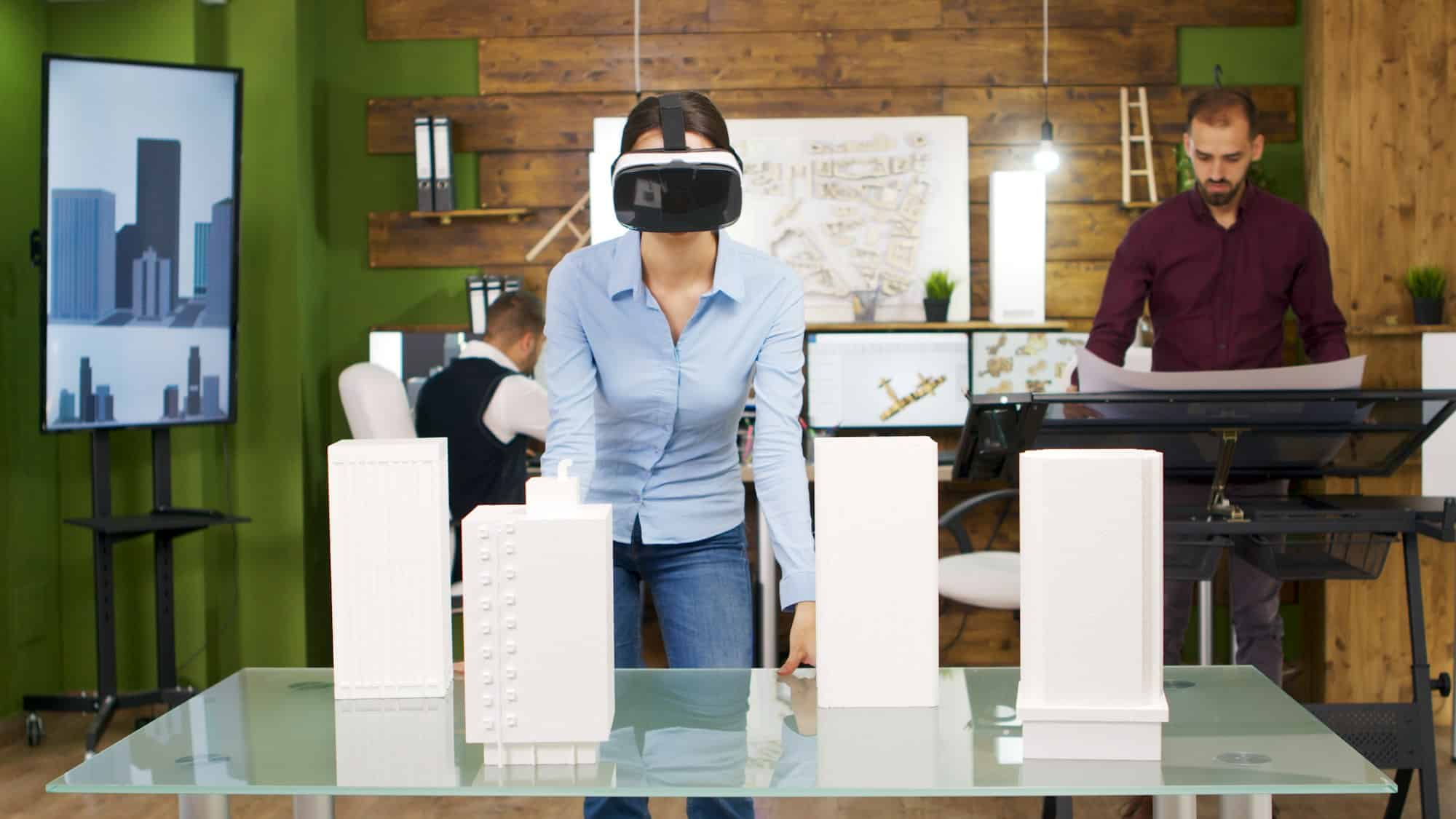How to Design Communal Living Spaces That Foster a Sense of Community in Urban Developments?

As urban areas continue to expand and densify, the need for communal living spaces that foster a sense of community has become increasingly important. Whether it’s shared gardens, playgrounds, communal kitchens, or just simple benches strategically placed on the street, these spaces have the power to bring people together, foster social connections, and make cities more livable. Here’s how to create these pivotal spaces within the urban fabric.
The Power of Public Spaces in Building Community
Public spaces are the living rooms of the city, the place where residents come together to interact, relax, and enjoy their surroundings. They are the glue that holds the urban fabric together, fostering a sense of belonging and community among residents.
Also read : How Can You Maximize Property Value Through Landscape Design in UK Residential Developments?
Place matters. The design and layout of public spaces can significantly influence how people interact with each other and their environment. A well-designed public space not only accommodates various activities but also encourages social interaction. It’s not just about providing a place to sit, but creating spaces that encourage people to stay, interact, and build connections.
Consider the design of seating arrangements. Instead of the traditional park bench which faces one direction, try placing benches in a circle or square to foster conversation among users. Also, consider the provision of amenities such as playgrounds, splash pads, or playing fields that cater to different age groups and interests, promoting diversity in your community.
Have you seen this : What Are the Implications of the UK’s Energy Efficiency Regulations for New Residential Developments?
Prioritizing Social Housing in Urban Planning
Housing is more than just a roof over your head. It’s a place where people can feel secure, establish roots, and cultivate a sense of belonging. Therefore, integrating social housing into urban developments is paramount.
Not only can social housing provide affordable options for lower-income residents, but it can also foster a sense of community and cohesion. Designing social housing that includes communal spaces, such as shared gardens or playgrounds, can encourage interaction among residents and strengthen social networks within the neighborhood.
Furthermore, social housing should not be isolated or segregated from the rest of the city. Spatial integration is key to avoid creating ghettoized neighborhoods and ensure that residents have access to the same amenities, opportunities, and services as their counterparts in private housing.
Creating Vibrant Streetscapes
Streets are the arteries of our cities, connecting different neighborhoods and carrying people from place to place. But beyond their functional role, streets have the potential to become vibrant public spaces that foster social interactions and community life.
When designing streets, prioritize pedestrian-friendly infrastructure. This includes wide sidewalks, safe crossing points, bike lanes, and street furniture. These features not only make streets safer for all users but also create more comfortable and attractive environments for people to linger and interact.
Moreover, streets should be lined with a mix of uses, such as shops, cafes, and housing, to create active frontages that attract people and stimulate street life. This mix also ensures that streets are active throughout the day, contributing to a sense of safety and security.
Engaging the Community in Urban Design
Community participation is key in the creation of communal living spaces that truly reflect the needs and aspirations of the residents. It gives residents a sense of ownership and connectedness to the place, strengthening their bond with their community.
Involve the community in the design process right from the beginning. Use participatory design methods, such as workshops or design charrettes, to gather residents’ input and ideas. Also, consider establishing a community management organization to oversee the maintenance and management of these spaces, ensuring their long-term sustainability.
Remember, each community has its unique characteristics, needs, and aspirations. Therefore, there is no one-size-fits-all approach to designing communal spaces. It requires a deep understanding of the community’s socio-cultural context and a willingness to experiment and adapt to create spaces that truly foster a sense of community.
Embedding Nature in Urban Developments
Nature plays a crucial role in fostering a sense of community. It provides spaces for recreation, relaxation, and social interaction, while also contributing to the physical and mental well-being of the residents.
Embedding nature in urban developments can take various forms, from pocket parks and community gardens to green roofs and walls. These spaces not only provide opportunities for communal activities, such as gardening or bird-watching, but also create a sense of shared responsibility among residents, fostering community spirit.
Moreover, nature can be used as a tool to mitigate urban heat island effect and improve air quality, enhancing the overall livability of urban areas. Remember, a good urban environment is not just about buildings and infrastructure, but also about creating healthy and vibrant spaces where people want to live, work, and play.
In conclusion, designing communal living spaces that foster a sense of community requires a holistic approach that considers various factors, from the design of public spaces and housing to the engagement of the community and the integration of nature. It’s about creating spaces that are not only functional and aesthetically pleasing, but also nurturing and inclusive, fostering a sense of belonging and shared identity among residents.
Incorporating Art and Culture in Communal Spaces
Art and culture breathe life into our public spaces. They offer avenues for expression, foster creativity, and provide a unique identity to our urban environments. Therefore, their integration into communal living spaces is fundamental in fostering a sense of community.
From murals and sculptures to performances and festivals, art and culture can transform ordinary spaces into vibrant and engaging places that people want to visit and spend time in. Public art can serve as a focal point, sparking curiosity and encouraging interaction among people. Meanwhile, cultural events can enable residents to come together, share experiences, and create shared memories, strengthening the fabric of the community.
Moreover, art and culture can be a powerful medium for telling the stories of a place and its people. They can reflect the community’s history, values, and aspirations, instilling a sense of pride and belonging among the residents. Therefore, incorporating local art, artifacts, and traditions in the design of public spaces can enhance their relevance and meaning to the community.
Involving residents in the creation and curation of art and cultural initiatives can further enhance community engagement. Whether it’s through community-led art projects, local artist showcases, or cultural workshops, this involvement not only fosters a sense of ownership but also empowers residents to shape their environment, contributing to the vibrancy and authenticity of the place.
Remember, art and culture are not mere embellishments. They are integral elements that can transform spaces into places of meaning, interaction, and community life.
Promoting Safety and Security in Communal Spaces
Safety and security are fundamental in creating spaces where people feel comfortable, welcomed, and engaged. A safe public space not only attracts more users but also encourages longer stays, more activities, and greater interaction among people, fostering a sense of community.
The design of public spaces can significantly influence perceptions of safety and security. Good visibility, adequate lighting, and clear sightlines can deter criminal activities and create a sense of safety. Meanwhile, the presence of people, whether it’s users, staff, or local residents, can provide natural surveillance and contribute to a sense of security.
Additionally, safety and security should extend beyond physical measures. It should also encompass social and emotional safety. This means creating spaces that are inclusive, respectful, and free from harassment or discrimination. Such spaces not only make people feel safe but also valued and accepted, fostering a strong sense of community.
Lastly, fostering safety and security is not a one-time effort but an ongoing process. Regular maintenance, community patrols, and safety audits can help identify and address safety concerns promptly. Also, involving the community in safety initiatives can foster a sense of shared responsibility and ownership, further enhancing the sense of community in these spaces.
In short, promoting safety and security in communal spaces is key in creating environments where people feel safe to live, work, and play, fostering a sense of community and shared identity among residents.
Conclusion
The design of communal living spaces plays a pivotal role in fostering a sense of community in urban developments. It’s more than just creating aesthetically pleasing and functional spaces. It’s about creating nurturing spaces that foster interaction, engagement, and belonging among residents. This involves a holistic approach, incorporating elements such as public spaces, art and culture, safety and security, and nature, among others. It requires an understanding of the community’s unique characteristics and needs and a willingness to engage them in the design process.
Above all, it’s about creating spaces where people feel safe, valued, and connected, promoting a sense of community and enhancing the livability of urban areas. As urban areas continue to grow and densify, the importance of these communal spaces cannot be overstated. They are, indeed, the glue that holds the urban fabric together. Therefore, integrating these communal elements into urban developments should be at the forefront of urban design and planning.
